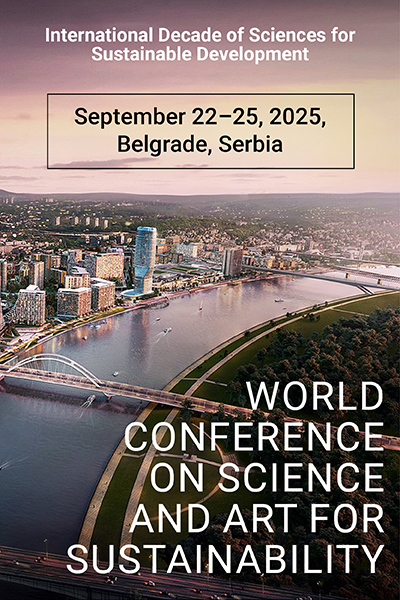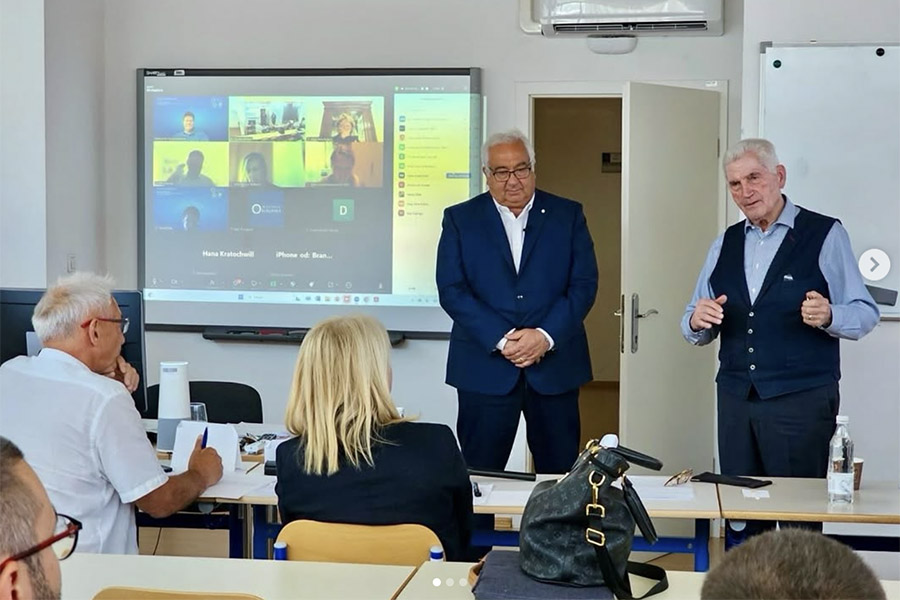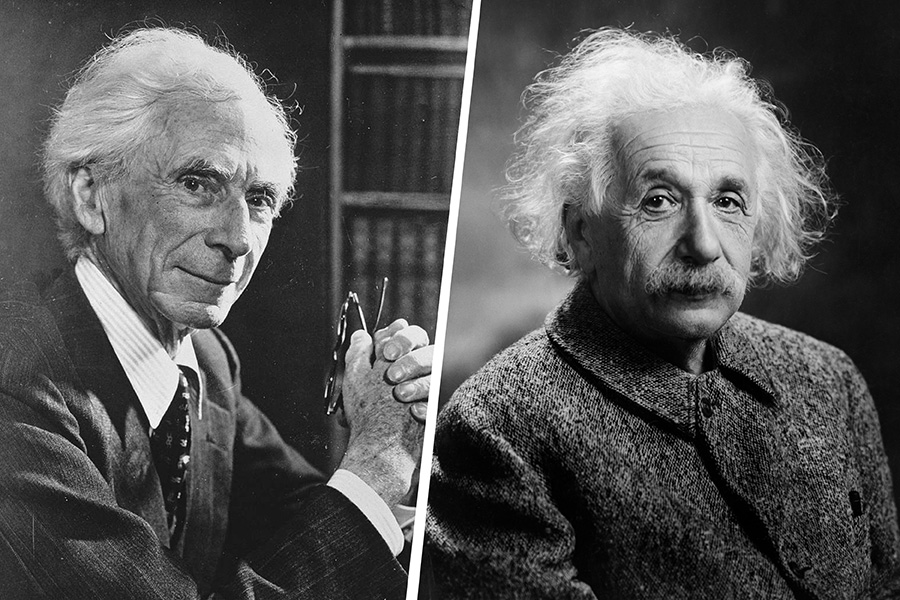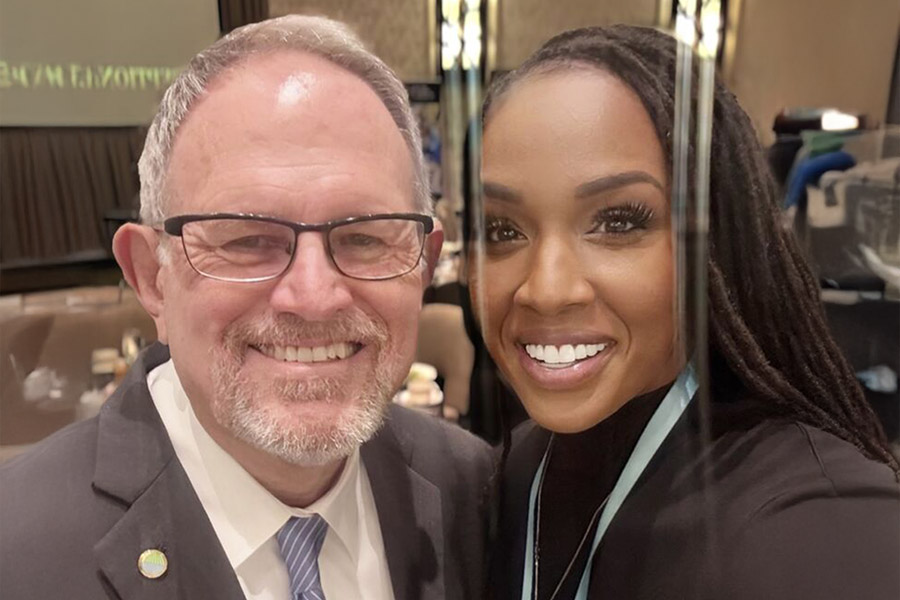In the shifting sands of the Negev Desert during the 1950s, an extraordinary couple began a journey that would reshape how the world thought about water, science, and the possibilities of using seawater for growing crops.
Professor Hugo Boyko, a German-born Israeli scientist, and his wife, Dr. Elizabeth Boyko, a pioneering thinker and botanist in her own right, embarked on a groundbreaking mission that fused hard science with a humanitarian vision for water-scare regions of the world. Hugo was a prominent, charter founder of the World Academy of Art and Science (WAAS) in 1960, and championed interdisciplinary approaches to some of humanity’s greatest challenges. Hugo was a man who saw the future through the lens of collaboration and ecological necessity.
After fleeing Nazi Germany, he settled in what would become Israel, driven by a vision to transform arid land into fertile ground. Elizabeth, a partner in both science and life, supported and co-authored much of his work. While Hugo provided the scientific rigor, Elizabeth brought clarity, advocacy, and organizational strength to their projects and her work at WAAS.
The Boyko’s were among the first to argue for environmental issues to be treated as global security concerns. Their work with WAAS reflected their belief in peaceful cooperation through knowledge, and their efforts were soon to bear historic fruit.
One of their most transformative contributions was the pioneering use of saline water for agricultural irrigation. While most experts dismissed saltwater as unsuitable for crops, the Boyko’s dared to challenge the consensus. Working from their experimental farm in Israel, they conducted the world’s first large-scale tests on growing vegetation — particularly tomatoes and cotton — with saline and brackish water. Their research was rigorous, empirical, and deeply hopeful. In 1959, the husband and wife team received the prestigious Fleming Award in 1959 for the advancement of human welfare through outstanding achievement in science.
At a time when water scarcity threatened many parts of the globe, their work showed that non-freshwater sources could be harnessed to support plant growth. Hugo published influential papers and presented their findings at major international conferences, often under the auspices of WAAS. The Boykos’ breakthrough offered a paradigm shift in global agriculture, especially in arid and semi-arid regions. A grass species found in Spain, North Africa and Portugal, juncos esparto, was highlighted by the couple as ideal for irrigation with seawater, and described by the Boykos as a cheap substitute for wood pulp.
More than just scientists, Hugo and Elizabeth were diplomats of possibility. They hosted delegations, advised governments, and inspired a generation of scientists and policymakers to look beyond traditional limitations. Their home became a gathering place for WAAS members and international collaborators who were drawn to their rare blend of scientific credibility and moral clarity.
Though Hugo passed away in 1970, his and Elizabeth’s legacy lives on — in the research institutes they inspired, such as the Boyko Institute for Saline Water Agriculture that was established in 1980, and in the millions of farmers and communities that today use saline irrigation as part of sustainable agriculture. Their lives serve as a reminder that great change begins not just with knowledge, but with the courage to reimagine what is possible.
Powered By EmbedPress







